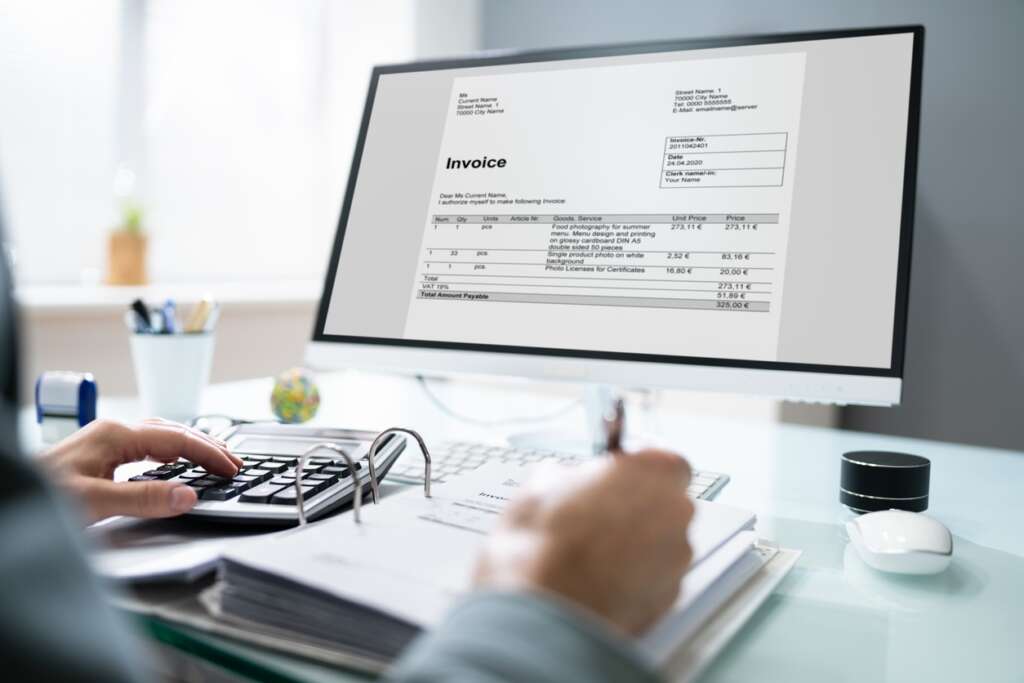
Alex Baulf, Senior Director of Global Indirect Tax at Avalara, provides insight on recent discussions held in France about digital taxation and e-invoicing

Alex Baulf, Senior Director of Global Indirect Tax at Avalara
The European Union’s VAT in the Digital Age initiative is firmly on the table for discussion this year.
The initiative, which the bloc has already opened up a public consultation for, includes moving to a single EU VAT return for non-established businesses, with various options included, such as the extension of One Stop Shop (OSS) to cover all B2C supplies of goods and services, as well as the expansion and harmonisation of e-invoicing and digital reporting.
Member states are already starting to make their moves, including France, which hosted a virtual conference on “Electronic invoicing: an instrument for the digital transformation of businesses and government,” to kick-start regional dialogue and serve as a platform for French stakeholders to provide feedback on their national e-invoicing proposals.
The discussions raised a host of issues and topics that any organisation with a European footprint or selling into the European Union would be wise to note.
Below are some priorities for companies to consider to get ahead of the curve within the ever-evolving tax landscape.
Communication is key
Arguably the most significant takeaway from the conference is the need for clear and effective communication across all stakeholders within the company but also externally including customers.
Another point centred around clarity of IT specifications and the relevant tax authority’s need to undertake any English translations before any news release. France is expected to release the final e-invoicing requirements in Q2/2022.
Clear understanding of the requirements will also help organisations avoid e-invoicing scams and consider trusted third-party e-invoicing software and solution providers.
Considerations for larger and smaller firms
Implementing mandatory e-invoicing within France or the wider EU scheme will undoubtedly carry different burdens for various businesses.
Size will have a big impact. The switch could present short-term challenges for smaller firms because their current invoicing setup may involve more manual processes than larger companies. Participants agreed that identifying the needs and finding solutions for SMEs who issue and receive fewer invoices was critical to any successful e-invoicing rollout.
Setting up multi-functional teams can be advantageous for larger enterprises with the personnel and resources to absorb additional administrative e-invoicing work.
Invoicing was called ‘the engine of the company’, and conference attendees highlighted the need to identify and map all types of invoices raised and the current processes involved.
A win-win deal for businesses and governments
Although any switch to mandated e-invoicing may cause short-term disruption and pain points for firms to overcome, the general feeling is that the transition will positively affect both businesses and tax collection authorities.
Both parties will benefit if the system is rolled out effectively. For companies, e-invoicing and e-reporting systems will also allow them to reuse data for live monitoring of their activities and to run insightful reports.
Meanwhile, tax authorities should leverage the relevant data to pre-populate VAT returns, optimising the process from their side.
There are also considerable gains to be made in terms of addressing the enormous VAT revenue gap. Indeed, base erosion and profit shifting (BEPS) activities, whereby multinational enterprises exploit gaps between different countries’ tax systems, cost governments between $100 billion and $240 billion in taxation revenue every year. E-invoicing and a unified digital taxation system is widely viewed as a means of shrinking this financial black hole.
Italy has already shown how effective this strategy can be, with its e-invoicing programme leading to a €4 billion increase in VAT revenues in its first year. The time has come for other European nations to follow suit. Businesses should recognise that e-invoicing is the clear direction of travel not only in Europe but across the globe, and instead of looking at local tactical solutions, start to think strategically around e-invoicing strategy and investing in a single, scalable global e-invoicing solution.


